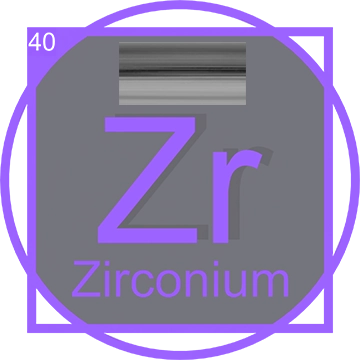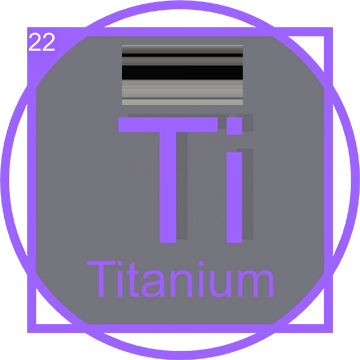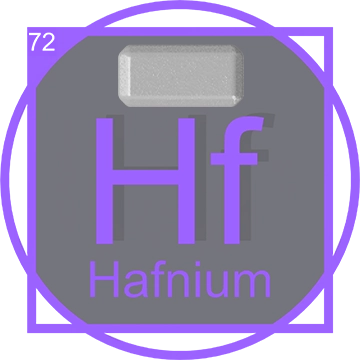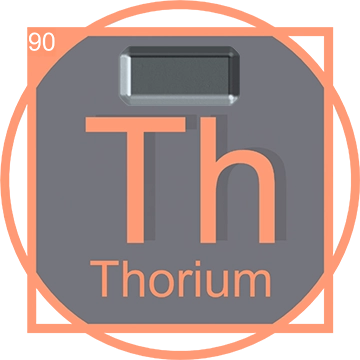Zirconium (Zr): Discovery, Properties, and Industrial Applications
Zirconium, symbol Zr, is a lustrous, grey-white, strong transition metal that resembles titanium. This comprehensive article delves into the discovery of Zirconium, its placement in the periodic table, and its extensive use across various technological and industrial fields.
Discovery of Zirconium
Zirconium was discovered in 1789 by the German chemist Martin Heinrich Klaproth while analyzing the composition of the mineral jargon. However, it was not isolated until 1824 by Swedish chemist Jöns Jacob Berzelius. The element was named after the Persian word 'zargun', meaning gold-colored, reflecting the appearance of its compounds. Zirconium's metallic form was first obtained by Anton Eduard van Arkel and Jan Hendrik de Boer in 1925 through thermal decomposition of zirconium tetraiodide.
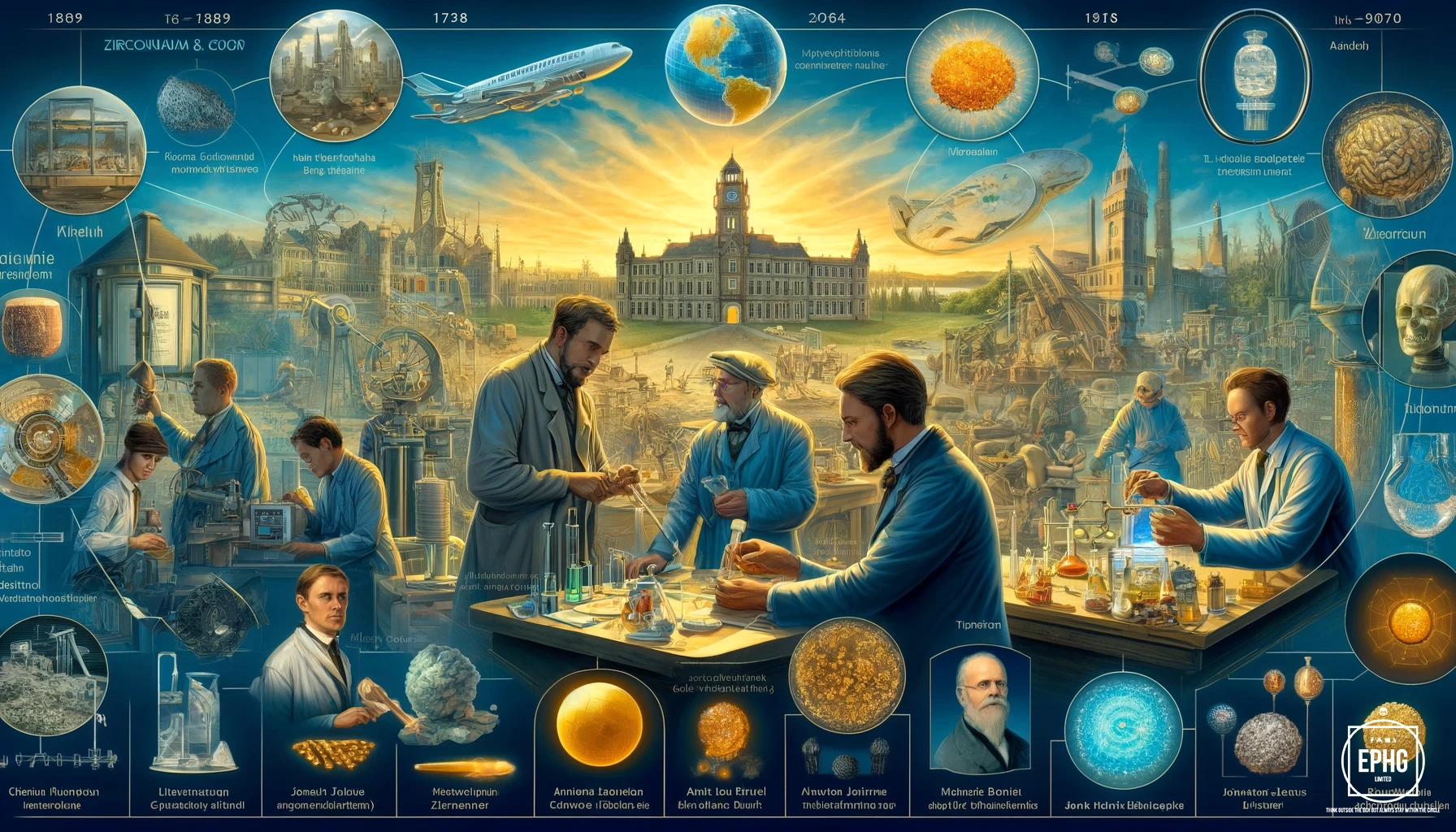
The journey from Klaproth's initial discovery through to the isolation and identification of zirconium as a distinct element underscores the evolution of chemical sciences during this period. It highlights the challenges faced by early chemists in distinguishing zirconium from similar elements and compounds, eventually leading to clearer understanding and applications in fields as diverse as aerospace, nuclear energy, and biomedical devices. This progression has firmly established zirconium as a valuable and versatile element in advanced material sciences and engineering.
Zirconium in the Periodic Table
Zirconium is the element with atomic number 40, located in group 4 of the periodic table, under titanium and above hafnium. Often used in its pure form or as part of an alloy, it is highly resistant to corrosion and is notable for its low absorption cross-section of thermal neutrons, making it exceptionally valuable in nuclear energy applications.
Physical and Chemical Properties of Pure Zirconium
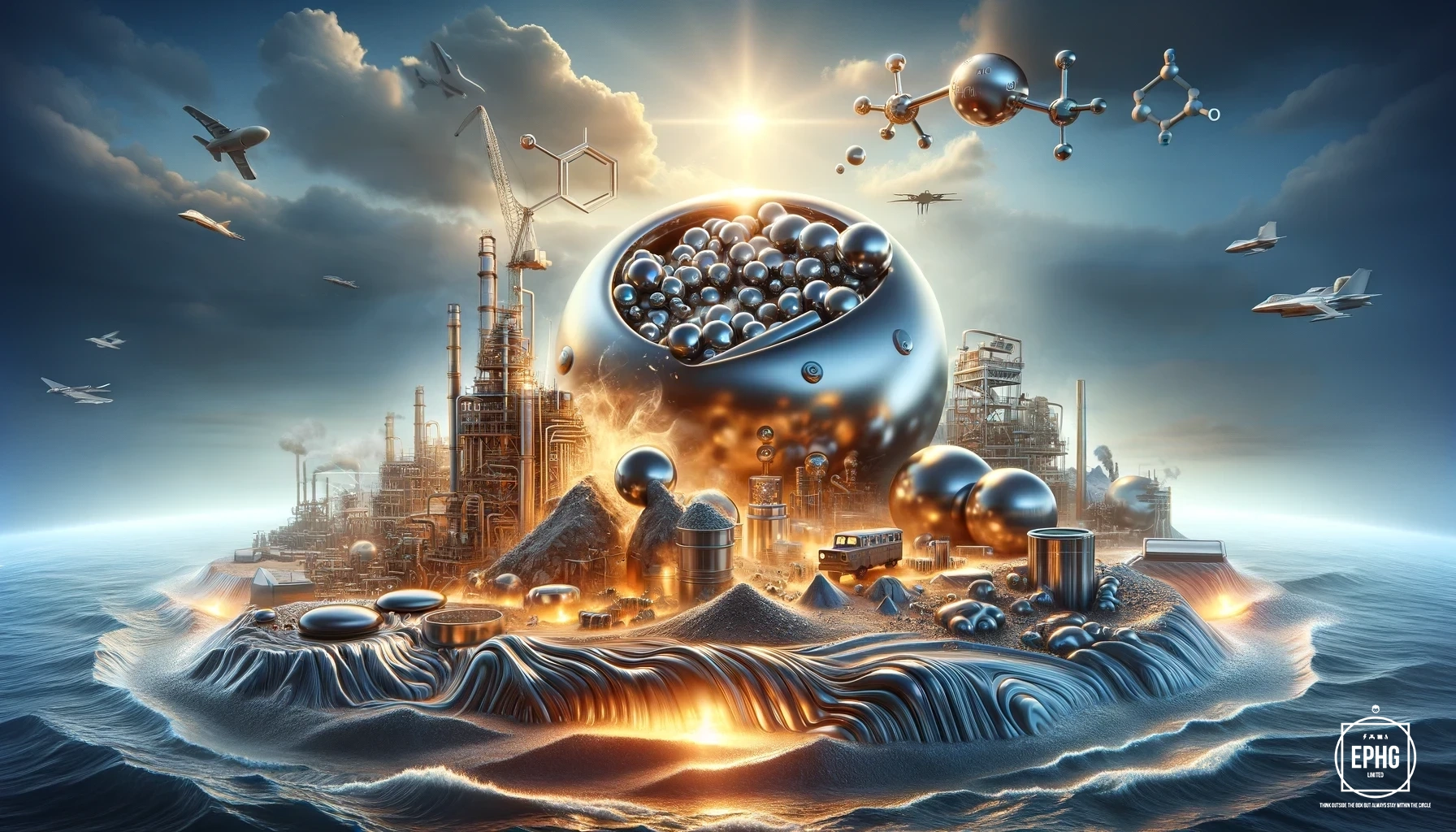
Pure Zirconium is a strong, malleable, ductile metal that exhibits exceptional resistance to corrosion by acids, alkalis, and seawater. Its melting point is 1855°C, and it has a boiling point of 4409°C, characteristics that make it suitable for high-temperature applications. Pure Zirconium forms a variety of inorganic and organometallic compounds, mainly in the oxidation state of +4, which are utilized in numerous industrial processes. The most common oxide, zirconia (ZrO2), is particularly noted for its remarkable thermal stability and resistance to fracture, making it invaluable in aerospace, automotive, and various high-stress environments.
Mining the Element Zirconium
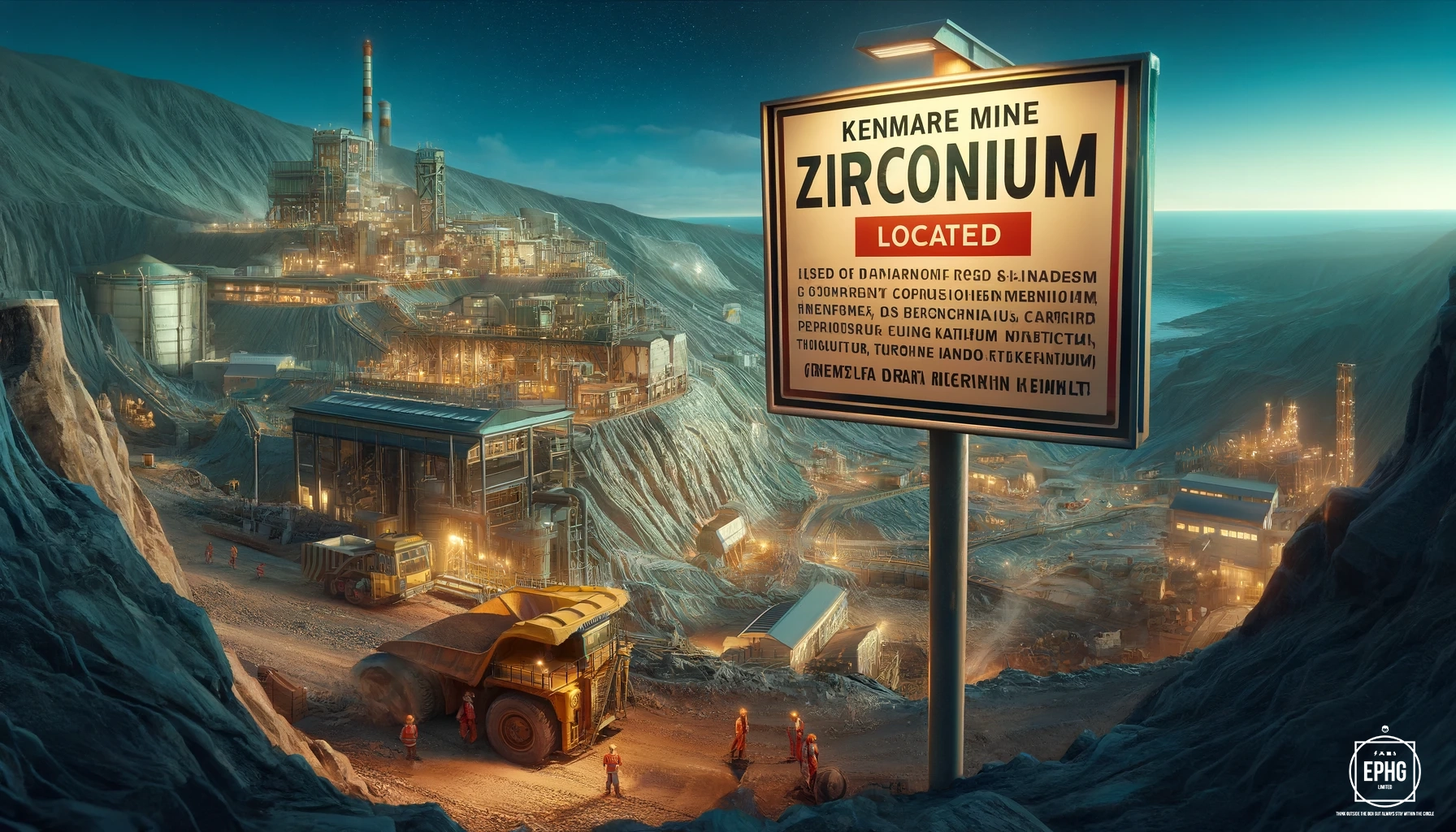
Mining zirconium typically involves extracting it from zircon (zirconium silicate) and baddeleyite (zirconium oxide), minerals that also contain trace amounts of valuable elements such as hafnium, titanium, and thorium. These companion elements can be extracted during the zirconium refining process and are used in a variety of high-tech applications. The extraction and processing of zirconium are crucial for its use in advanced ceramics, nuclear reactors, and chemical processing equipment due to its high resistance to heat and corrosion.
Significant mining locations for zirconium include the Kroll mine in Australia, which is renowned for its large deposits of zircon. Other important zirconium mining regions are found in South Africa and the United States, particularly in Florida and Virginia, where both zircon and baddeleyite are extracted. These locations are vital for supplying zirconium to industries worldwide, supporting the production of materials that are essential in modern technology.
Another mine to take not of is the Kenmare Mine in Nampula, Mozambique.
Applications of Zirconium in Technology
Zirconium in Nuclear Energy
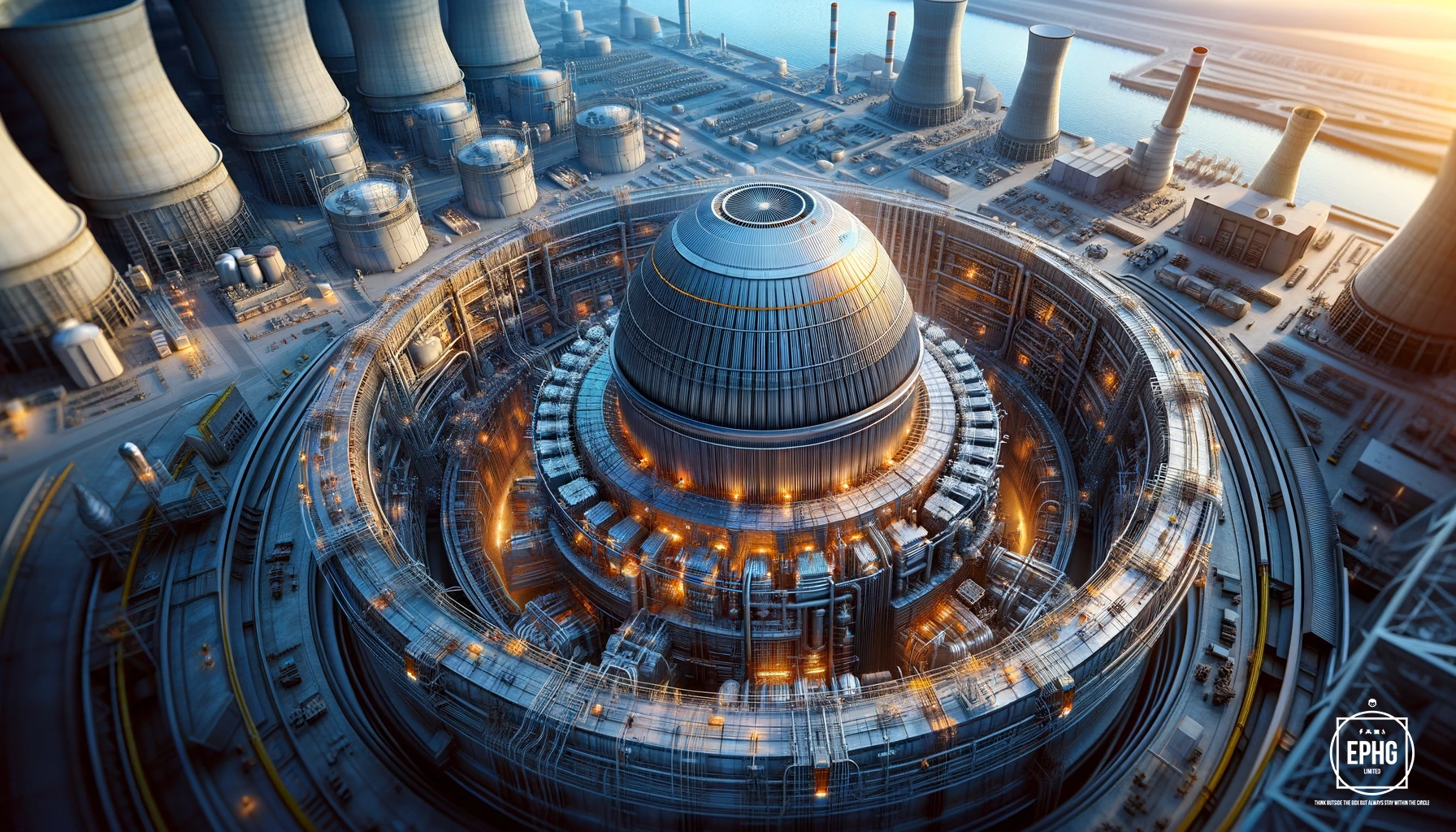
Zirconium's most notable application is in the nuclear power industry, where it is primarily used in the outer cladding of fuel rods due to its low neutron-capture cross-section. This property allows it to contain nuclear reactions without absorbing neutrons or interfering with the reaction process, making it an ideal material for maintaining the efficiency and safety of nuclear reactors. Additionally, Zirconium's excellent corrosion resistance under high-temperature conditions enhances the durability and longevity of nuclear fuel assemblies, further underscoring its critical role in ensuring stable and continuous energy production within nuclear facilities.
Zirconium in Aerospace and Industry

In the aerospace industry, zirconium alloys are highly valued for their exceptional resistance to heat and corrosion. These characteristics make them ideal for use in jet engines and other high-temperature environments, where they demonstrate the metal's capacity to perform under extreme conditions. Additionally, zirconium's low thermal neutron absorption makes it suitable for use in various industrial applications, including in nuclear reactors and chemical processing plants. Its durability and ability to withstand aggressive environments further enhance its utility in manufacturing components that require longevity and reliability under stress.
Medical Applications of Zirconium
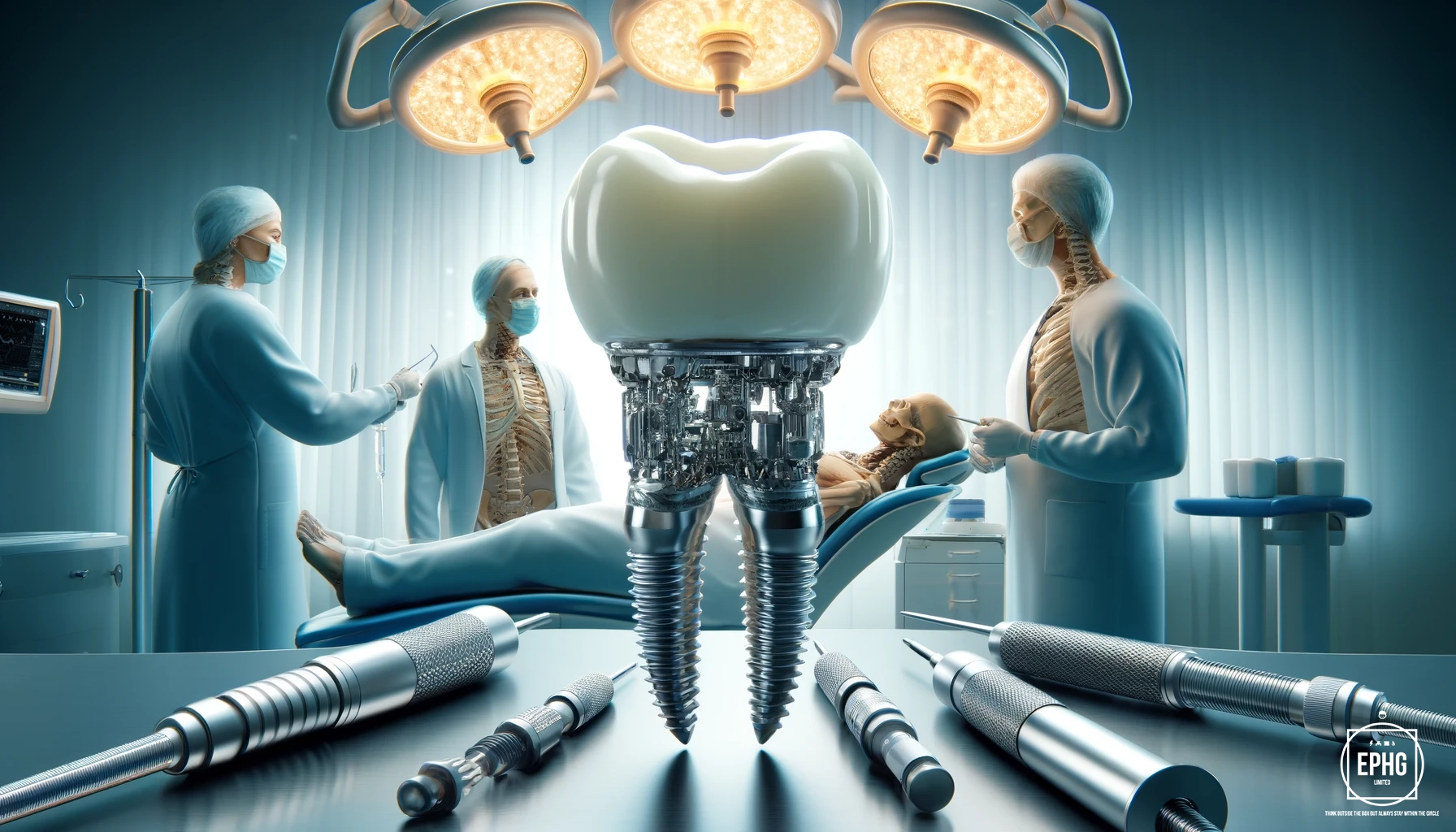
Zirconium is increasingly being used in medical applications, particularly in the production of biocompatible dental and orthopedic implants. Zirconia, a compound of Zirconium, is used for these purposes due to its excellent wear resistance and aesthetic qualities that closely resemble natural teeth. Its ability to withstand the corrosive environment of the human body without degrading makes it an ideal material for long-term implantation. Additionally, Zirconium's hypoallergenic properties minimize the risk of adverse reactions, making it suitable for patients with metal sensitivities. These attributes enhance patient outcomes by providing durable, safe, and visually appealing medical solutions.
Jewelry and Consumer Products of Zirconium
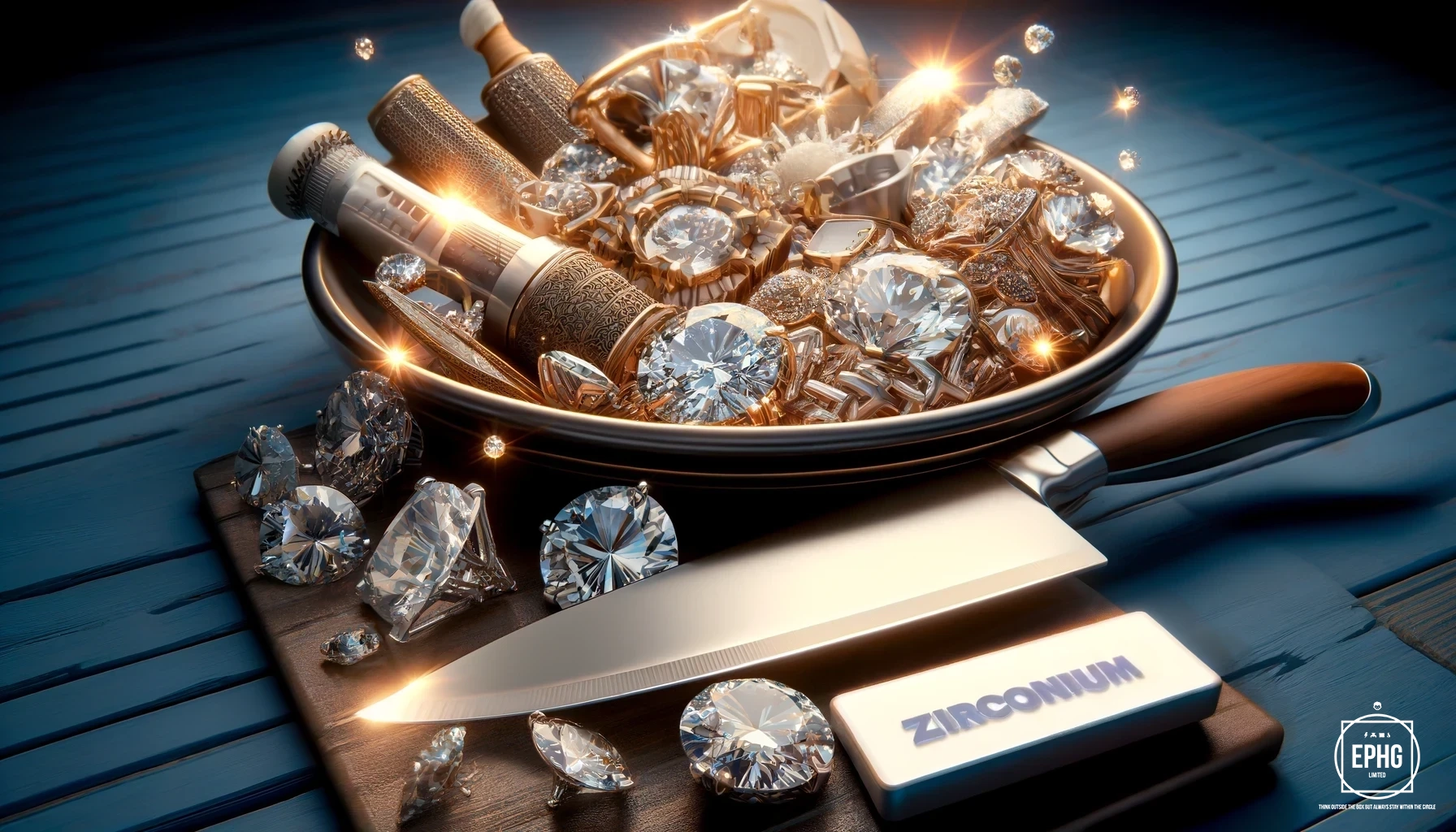
Zirconium is increasingly popular in the jewelry industry as a diamond simulant and for the metal's hypoallergenic properties, making it ideal for consumers with sensitive skin. Its brilliance and durability make it an attractive alternative to more expensive gemstones. Additionally, zirconia ceramics are extensively used in the manufacture of kitchen knives and other consumer products requiring wear resistance. These ceramics are prized for their exceptional hardness and ability to maintain sharp edges over time, enhancing the functionality and longevity of everyday tools.
Environmental Impact and Recycling of Zirconium
As with all metals, the production and disposal of zirconium have environmental impacts, particularly associated with mining and refining processes. Efforts are being made to recycle zirconium from scrap materials, particularly from the decommissioning of nuclear reactors, to reduce environmental footprints.
The Future of Zirconium
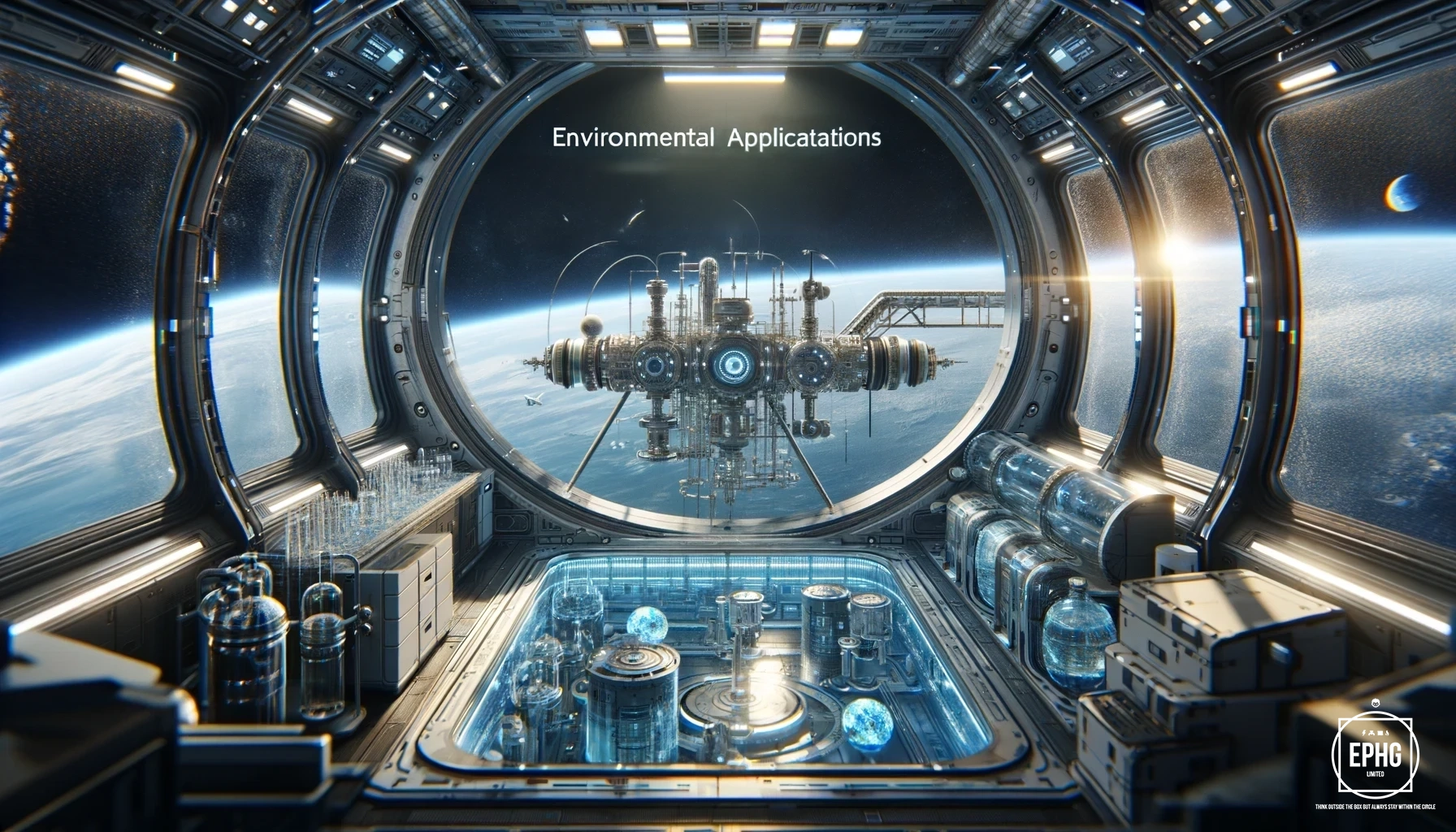
This visually captivating image provides a glimpse into the future of space travel, showcasing an advanced section of a spaceship dedicated to sustainability, equipped with state-of-the-art environmental systems utilizing zirconium. The scene highlights a highly sophisticated water purification system and pollutant capture technology, both crucial for maintaining a habitable environment in space. These systems, engineered with zirconium's chemical stability, demonstrate the metal's pivotal role in providing superior environmental protection. The detailed mechanics and interfaces of the technology are prominently displayed, set against the backdrop of the cosmos visible through the spaceship windows, underscoring the integration of cutting-edge technology and essential life support systems in the challenging conditions of space.
